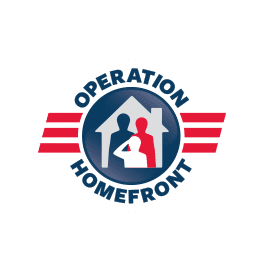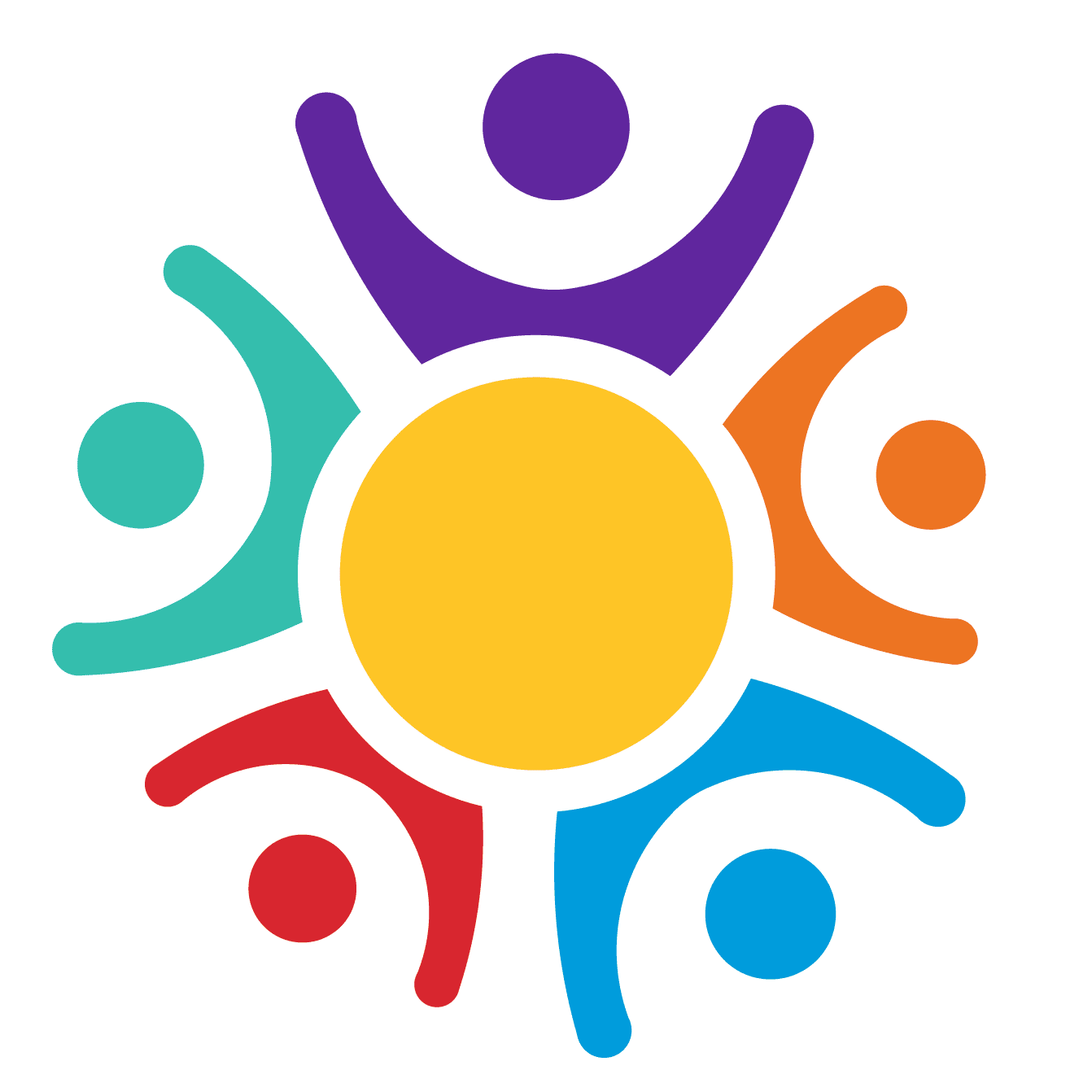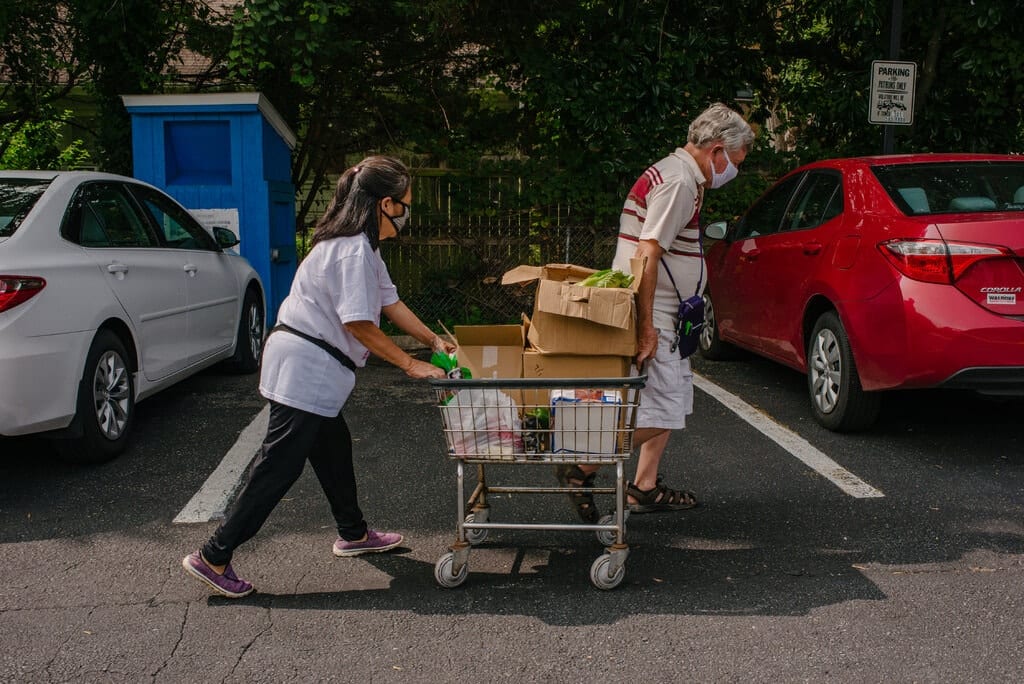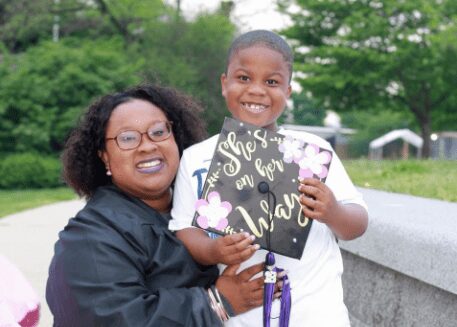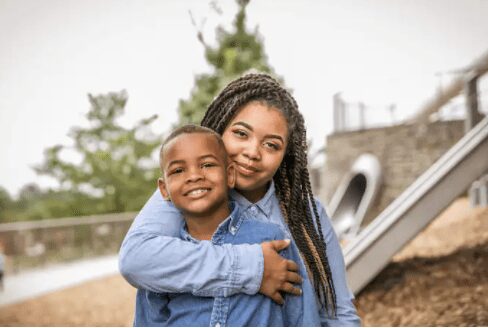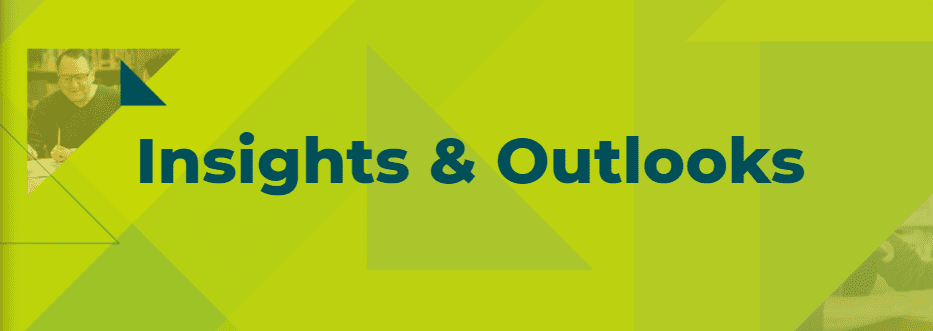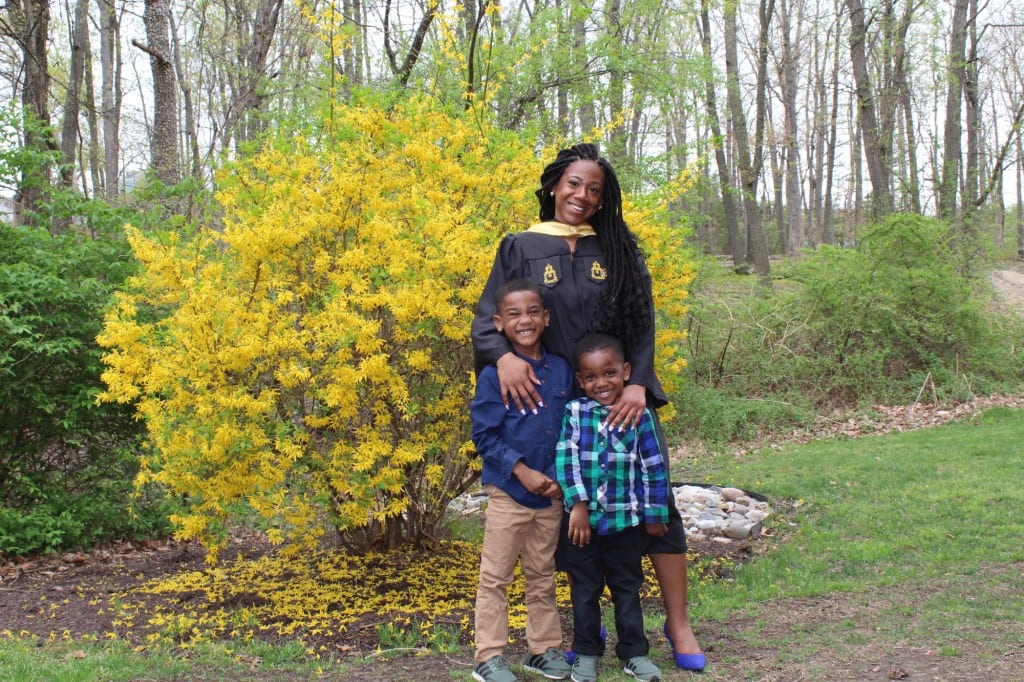Veteran Derek Auguste was well versed in being a soldier in the U.S. Army. But being a student was an entirely different beast.
“My experience of higher education was difficult,” said Auguste, who enrolled at the University of Miami in his late 30s. “It just felt like it was so much effort and work and I was so anxious because I was afraid that I was going to fall behind and things of that nature. And that’s how I did college before I did this program.”

